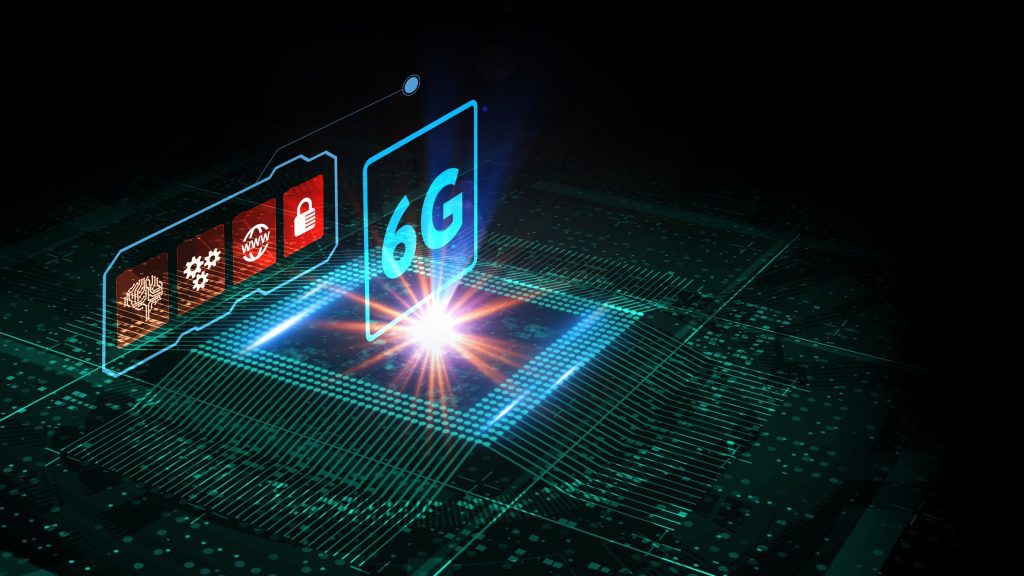
AI-native networks are transforming telecommunications by embedding intelligence into every layer of connectivity, creating the foundation for 6G AI based networks to deliver faster, smarter, and more autonomous mobile communication.
Unlike the previous generations focused on speed and capacity, AI in 6G networks leverages intelligent technology to make networks self-optimizing.
The shift will not only focus on efficiency but will also unlock new applications, from autonomous vehicles to advanced internet of things (IoT).
6G AI Telecom Networks
Mobile networks continue to progress in a way where each new generation boosts speed and connectivity. 5G integrated cloud and edge computing is pushing networks’ intelligence and agility through AI and 6G development to optimize core network functions.
AI-emergent networks use machine learning architecture, like Generalized Pretrained Transformers (GPT), to operate and maintain network stability. Unlike conventional networks that follow fixed rules, AI learns, adapts, and improves in real time.
“With 6G, wireless networks will be combined with artificial intelligence. The focus has changed from improving user experience only to supporting machine-to-machine communication and infusing cloud-based services in mobile networks,” said Lauri Lovén, Director of the Future Computing Group at Finland’s University of Oulu.
LLMs in 6G Networks
The integration of large language models into 6G networks will amplify connectivity and intelligence through smarter, and more adaptive, communication systems. A 6G AI-based network will set the needed groundwork to optimize 6G’s performance, real-time decision-making processes, and revamp mobile communication for a more responsive network.
6G will reshape networks in three ways:
– AI over RAN (Radio Access Network) where machine learning makes signal transmission, traffic handling, and resource allocation in all highly optimized manner.
– AI with RAN where AI applications such as IoT devices and autonomous systems rely on AI 6G networks for immediate processing.
– AI on RANwhereAI operates within the network itself, dynamically adjusting resources and optimizing communication.
According to a new 6G white paper by the University of Oulu, co-authored by 46 researchers, 6G and AI will combine to create more intelligent, responsive communication systems.
“Our focus is technical, but we also cover regulation, security, and resilience,” Lovén explains, adding that “these innovations will shape the future of AI-based networks and global connectivity.”
The Roadmap to 6G: AI-empowered Wireless Networks
As the telecom sector moves toward a 6G AI-native air interface, it will also add a layer of automation, helping telecom operators reduce energy consumption, and strengthen security and service quality.
Such developments will have an influential impact on different sectors such as smart cities, healthcare, autonomous vehicles, and robotics.
“AI models are developing extremely quickly, and their impact on networks is growing,” Lovén explains. “In the near future, personal AI assistants and smart systems will require enormous levels of computing and data transport, so AI-native networks will be required.”
With 6G, AI will become a new pillar of telecommunications infrastructure, transforming network operations and user interaction, setting a new standard for connectivity worldwide. A 6G AI integration will create a safter, faster, space for self-optimizing networks that can effectively make real-time decisions for more connected efficiency.
Inside Telecom provides you with an extensive list of content covering all aspects of the tech industry. Keep an eye on our Telecom sections to stay informed and up-to-date with our daily articles.